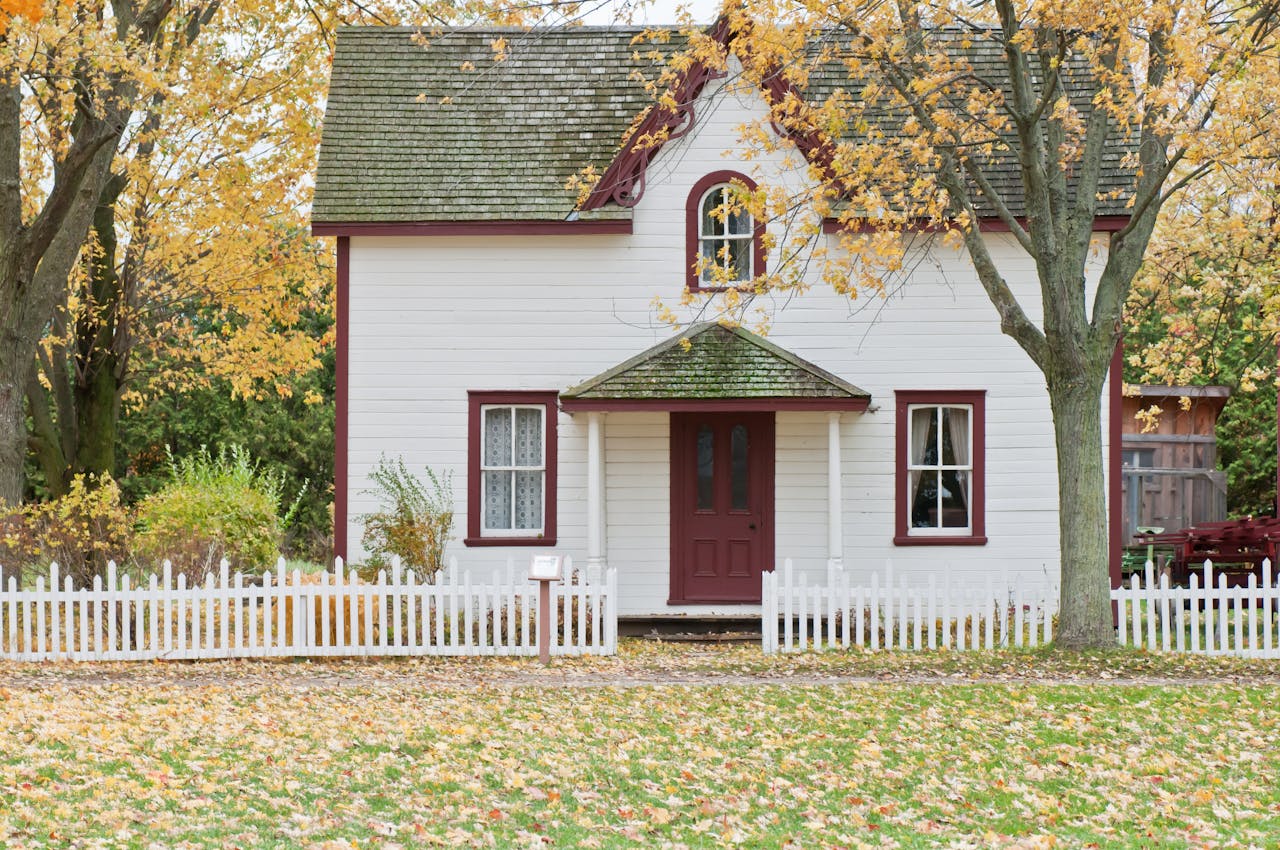Forget about pandering to tourists or finding a long-time renter. If you want to make good money investing in real estate, consider mid-term rentals, says Sarah D. Weaver. Weaver now owns 19 rentals, nine of which she rents out furnished to people who stay for a few months at a time. At an age when most people are just getting started, she’s financially independent, spending the bulk of her time traveling the world.
Elizabeth Colegrove, 35, is in a similar situation. She didn’t intend to make investing in mid-term rentals a side hustle — or the full time job it became. But, her husband is in the military, which caused them to move six times in eight years. That made it difficult for Colgrove to keep a job. So she became the family property manager, renting out their first home. She later used savings and the equity from that rental to buy more rentals. Now the Colegroves own and rent out more than a dozen units and earn a six figure income in the process. Colegrove also blogs at ReluctantLandlord.net.
Mid-term rentals
What makes mid-term rentals unique? Instead of renting a home for the night to tourists — or leasing to a tenant for a year or more — with mid-term rentals, you’re usually leasing out your home for a month at a time.
By and large, your tenants are traveling professionals. These are often corporate executives who are in town for a month or two for a project; professors on sabbaticals; or, say, traveling nurses on a temporary assignment. In every case, your renters tend to be well-heeled and unlikely to skip on their payments.
Because these tenants don’t want to sign an annual lease, they pay more than long-term renters. Nightly vacation renters typically pay more. But, they’re also more work, requiring communicating with dozens of tenants every month, scheduling post-stay cleanings, and constant restocking of basic supplies, like coffee and tea.
Additionally, short-term rentals are increasingly hit by city and country restrictions, taxes and fees that are aimed at cracking down on vacation rentals. Because mid-term renters are usually renting for a month or more, you avoid the bulk of these short-term renter rules.
Requirements
That said, like all real estate investing, this market isn’t for everyone. Unlike most of the money-making opportunities on SideHusl.com, investing in rental real estate requires significant up-front cash. The amount of cash you’ll need will depend on where and what you’re buying. But, as a rule of thumb, you can figure you’ll need a minimum of 20% of the home’s price (for a downpayment and/or reserves) plus $10,000 to $15,000 for furnishings. So, if you’re buying a home for $100,000, you’d need roughly $30,000 – $35,000 in cash.
To be sure, you can buy with a lower downpayment. But you’ll end up paying higher rates of interest on your home loan, if you do. And, either way, the upfront costs are substantial.
You also must be good with math and be willing to do some research on housing prices, rental rates and landlord/tenant rules in your target area.
Getting started
Because researching new markets can be time consuming, Colegrove suggests that newcomers to this market start with an ADU — “accessory dwelling unit” — that’s part of your personal residence. The benefits? Buying a house with an ADU– a.k.a. guest or carriage house — doesn’t normally cost significantly more than buying a home without one. They’re also relatively cheap to build. But your ADU can subsidize your housing costs, allowing you to boost your savings rate, while getting accustomed to the tougher challenges of finding and screening tenants.
The math
Additionally, the cost of financing your own residence is generally cheaper than the cost of financing a rental home. Just for example’s sake, you can figure that if mortgage rates for a personal residence are 7%, you’d likely pay 7.5% or more if you were financing a home you bought as a rental.
Consider a hypothetical consumer we’ll call Sally, who wants to buy a personal residence that costs $150,000. She has the option of buying a single-family home for $150,000; or a single family home with a small guest house, which costs $175,000.
If she buys the home, putting 20% down, she’ll need $30,000 in cash and will pay $798.36 monthly on a 30-year, fixed-rate mortgage at 7%. If she buys the $175,000 home with the guest house, she’ll need $35,000. But, she’ll presumably spend another $15,000 fixing up and furnishing the house for rent. So, ultimately, she should have $50,000 — $20,000 more than for the single-family home alone. Her monthly mortgage payment is $931.42 ($140,000 at 7% interest).
However, if she’s able to rent out the guest house for $750 per month, she repays the initial investment in just over two years. After that, the rental income is pure gravy. (We’ve assumed that her initial investment is the difference in cost between the house with the ADU vs. one without.)
Choose a target market
There are several ways to find mid-term renters. However, you’d be wise to start by thinking about the type of renter you want to target. Are you aiming to put up traveling professionals? Contractors? Nurses? Educators? Each group travels for a different reasons and has specific interests and requirements. And each is likely to use a different method to find rentals.
If your rental is near a city center, you might best target traveling professionals, such as lawyers, businessmen and consultants. If your home is in a leafy suburb near colleges and universities, you may want to target educators or students. Likewise, if you’re near local hospitals, you may want to pitch to traveling nurses.
By focusing on one group, you can concentrate your marketing efforts and benefit from word-of-mouth advertising that is a cheap and effective way to spread the word through affiliated groups.
Rental platforms
Several online platforms can help you find mid-term renters. The best known of these is Airbnb. Although Airbnb is better known for short-term vacation rentals, it allows hosts to put in “minimum stay” requirements. These can require bookings of, say, no less than 28 days at a time.
A site called SabbaticalHomes also arranges mid-term rentals for educators, who are on assignments for months at a time. Because this site specializes in traveling college professors, it’s wise to list how proximate you are to notable universities. The site advertises your listing for a flat annual fee, plus a match fee. However, rent collection is up to the homeowner.
Furnished Finder is a good option if you’re looking for traveling nurses, says Weaver. Furnished Finder charges a $99 annual fee, but also does not collect rent on your behalf.
4/4/2023













Leave a Reply